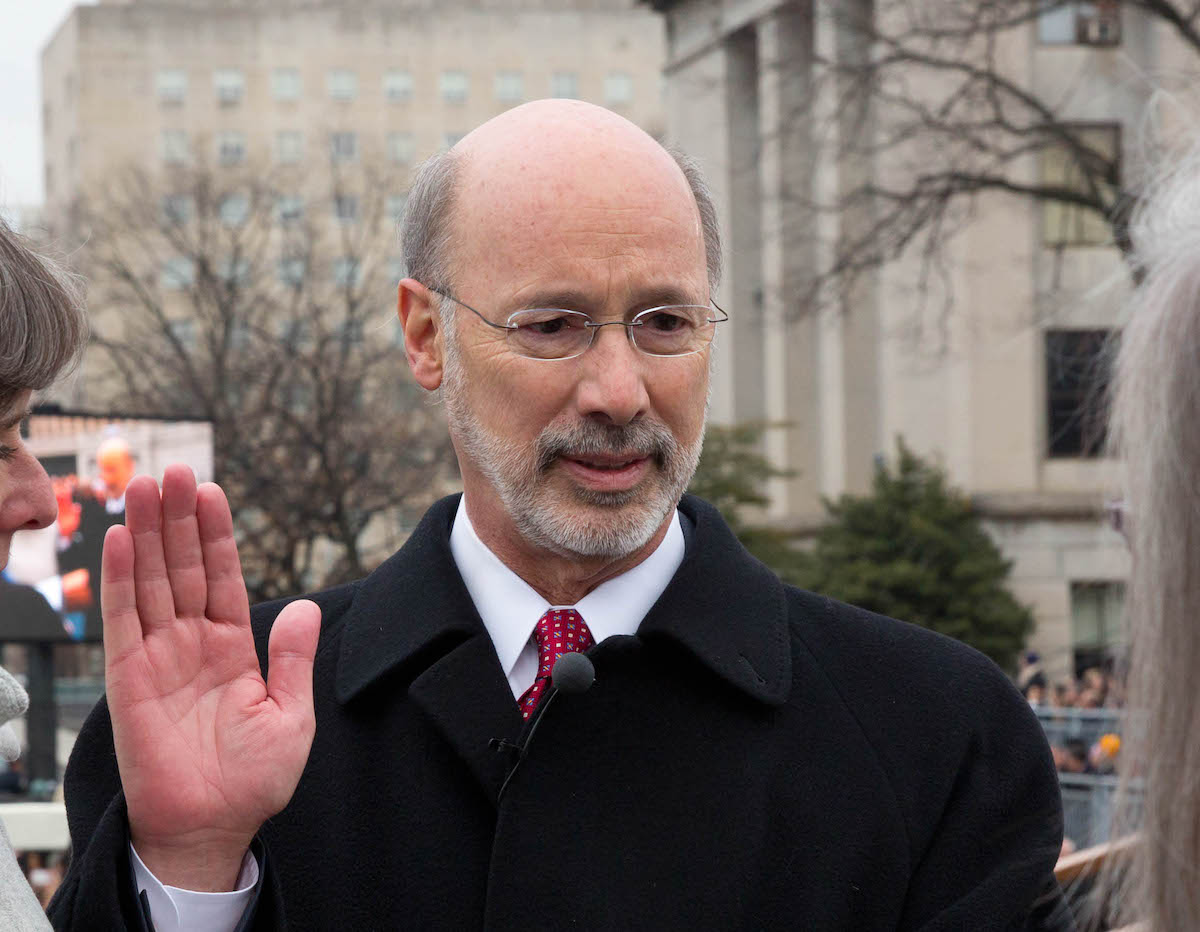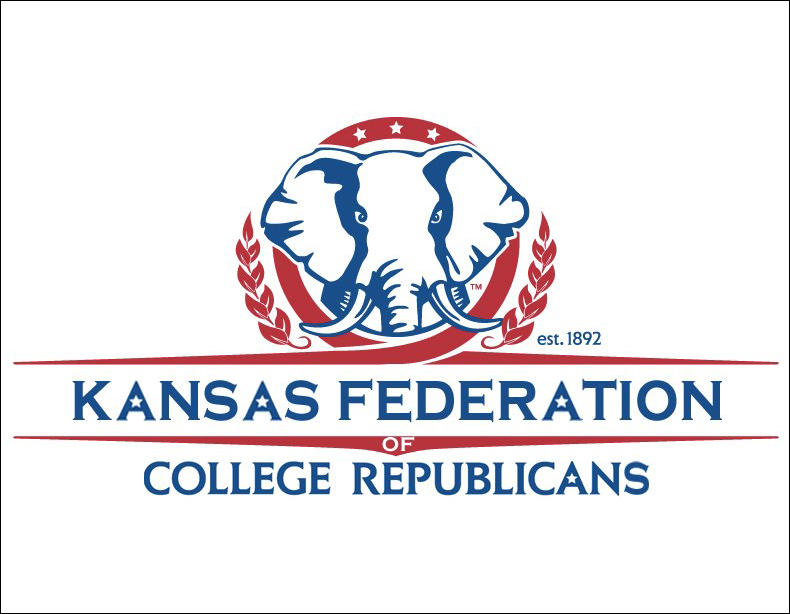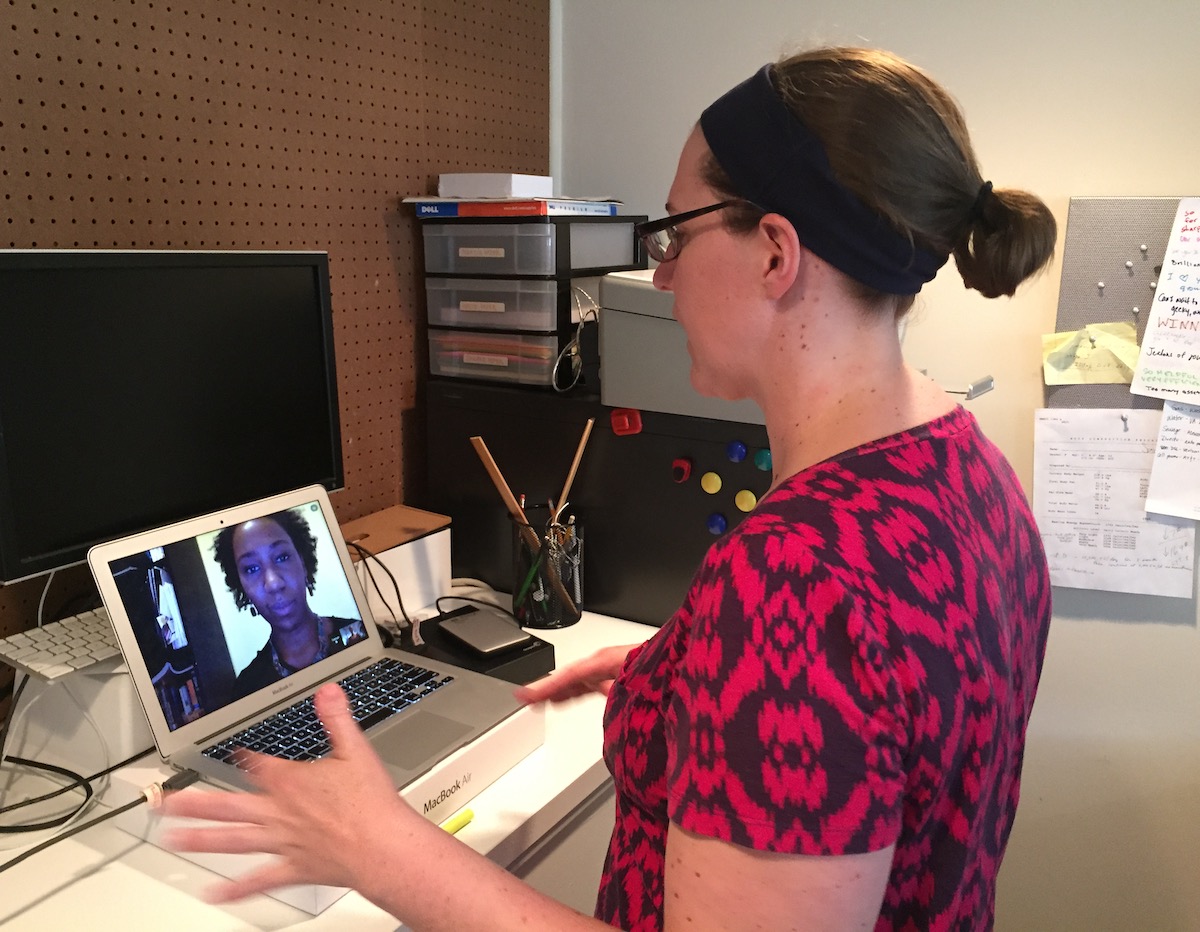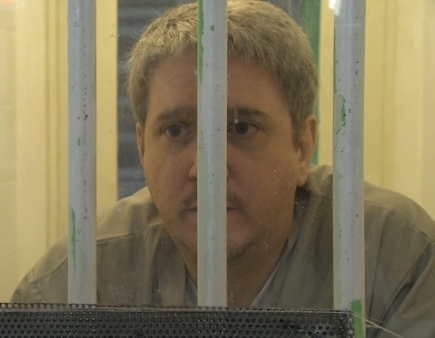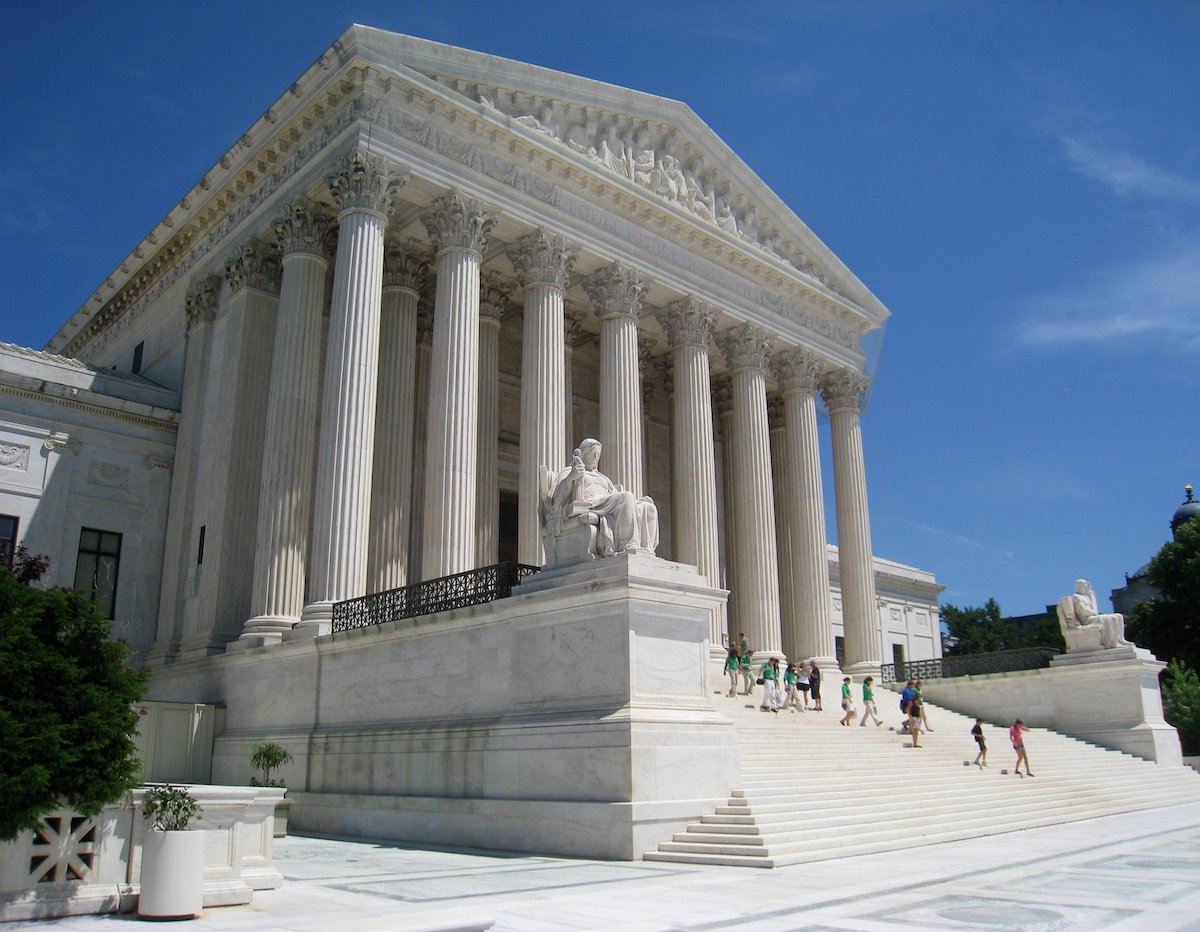
In preparation for the new term of the U.S. Supreme Court, starting on October 5, we will feature an occasional guest column by our newest board member, Ursula Bentele. Ursula is a renowned Supreme Court scholar, who will look at some of the Court’s cases with a particular eye towards those with implications for the death penalty. Once the Court has heard oral arguments and delivers its opinions, she will reflect on those outcomes and comment on how the Court’s resolution of the issues might affect the future of the death penalty in this country.
The first capital cases in front of the Court this term, scheduled for argument on October 7, involve three people whose death sentences were overturned by the Supreme Court of Kansas. Kansas’s highest court ruled that the instructions given to the jury during the sentencing phase of the trial were not adequate, and therefore their sentences are invalid.1 The fundamental issue in the case is obligation of jurors to consider mitigating circumstances in capital trials.
Specifically, the court ruled that jurors must be explicitly told that mitigating factors, unlike many facts in criminal cases, need not be proven beyond a reasonable doubt. Such mitigating circumstances can be considered as a reason to impose a life sentence even if they aren’t proven by this high standard, and the court said that failure to explain this to jurors created a risk that they would impose a death sentence in violation of the Eighth Amendment.
To understand the Kansas court’s reasoning, which may strike a lay reader as hyper-technical, it is important to understand the role of mitigating circumstances in making the sentencing decision in death penalty trials.
Capital trials in Kansas, as in every state with the death penalty, have two phases – a guilt phase, when the jury weighs the evidence against the defendant to decide whether he or she is guilty of murder; and a penalty phase, when the same jury decides whether to sentence the defendant to death or to life in prison.
By the time a case reaches the penalty phase, the odds are strongly against the capital defendant. The jury has been “death qualified,” meaning anyone too hesitant about imposing a death sentence was excused. The jury has also decided beyond a reasonable doubt that the defendant is guilty of murder for killing a fellow human being without any justification (like self-defense) or excuse (like extreme emotional disturbance) that would have reduced the conviction to manslaughter.
The only hope of a life sentence at this stage, then, rests in persuading at least one juror that a mitigating circumstance exists to justify a sentence other than death. Making that case is extraordinarily difficult.
First, the notion of mitigating circumstances is hard to grasp. The word “mitigation” is itself foreign to most jurors, some of whom actually confuse it with “aggravation.” Yet when jurors ask for an explanation, the answer is often more confusing than the initial instruction, with judges using other confusing terms, such as “extenuation,” in an attempt to explain.
Second, jurors who have a broad conception of mitigation, such that they are reluctant to impose a death sentence, have generally been excluded from the jury by the prosecution.
Third, prosecutors often characterized mitigation as just an “excuse.” They argue, for instance, that many people have suffered child abuse without being driven to murder, which can be highly convincing to jurors.
Finally, mitigating factors can present a double-edged sword. The person harmed by horrendous trauma, while deserving of sympathy, may seem to jurors more likely to be violent as a result, and jurors often fear that such defendants present a future danger if kept alive.
In this context, it seems only fair to make it as clear as possible to jurors that, if they are persuaded that mitigation warrants a life sentence, they need not reach that belief beyond a reasonable doubt. That is how the Kansas court ruled. The State of Kansas appealed that ruling to the U.S. Supreme Court, who will hear arguments on October 7 from both sides.
There has been a scenario similar to this before: in 2006, the U.S. Supreme Court reversed a ruling by the Kansas Supreme Court, which said it was unconstitutional to instruct a jury to impose a death sentence if it found aggravating and mitigating circumstances to be equal.2 The high Court had no problem with the instruction, although the dissenters perceived a risk that jurors would fail to give adequate consideration to mitigating factors, just as the Kansas court had held in that case as well as the current cases.
If the Supreme Court rules in favor of the State again this time, it will send the case back to Kansas. The Kansas high court could, at that point, reach the same conclusion but rely on its own state constitution instead of basing its decision on the federal constitution. That interpretation would be immune from review by the U.S. Supreme Court. The most recent example of such a decision comes from Connecticut, where the court declared that state’s death sentences, which had been imposed before the legislature’s prospective repeal of the death penalty, could not be carried out. The arguments relied on by the court could well have been made under the Eighth Amendment of the U.S. Constitution, but that would have exposed them to potential reversal by the U.S. Supreme Court. Similarly, California jury instructions reminding jurors that death sentences could be commuted, without noting that life without parole could also be commuted, were approved by the U.S. Supreme Court, only to be declared unconstitutional by the state supreme court under the California constitution. New York’s death penalty statute was also struck down for a jury instruction deemed coercive under the state constitution – whether the federal constitution would have been held to bar the instruction is far from clear.
The argument on October 7 will focus primarily on the Kansas court’s treatment of the jury instruction, but two of the cases raise another issue, which also relates to adequate consideration of mitigating circumstances. Two brothers were tried together for the five murders at issue, and a single penalty phase was conducted to determine their sentences. The Kansas court ruled that performing the single penalty phase together, rather than a separate hearing for each defendant, violates the constitution because mitigating evidence that helped one defendant could actually hurt the other defendant. This separate issue has prompted an amicus brief by the Solicitor General in support of the State, stressing that the federal government often tries capital defendants together, and another by The Promise of Justice Initiative in support of the defendants, noting a national trend against such joint penalty phases.
The Court’s decisions in these cases – and on both of these issues – will shed light on how seriously it takes the obligation of jurors to consider mitigating circumstances in capital trials. Beyond just the cases of the three defendants whose cases are in front of the Court, the decisions could impact instructions to jurors about mitigating factors in the future and beyond Kansas.

